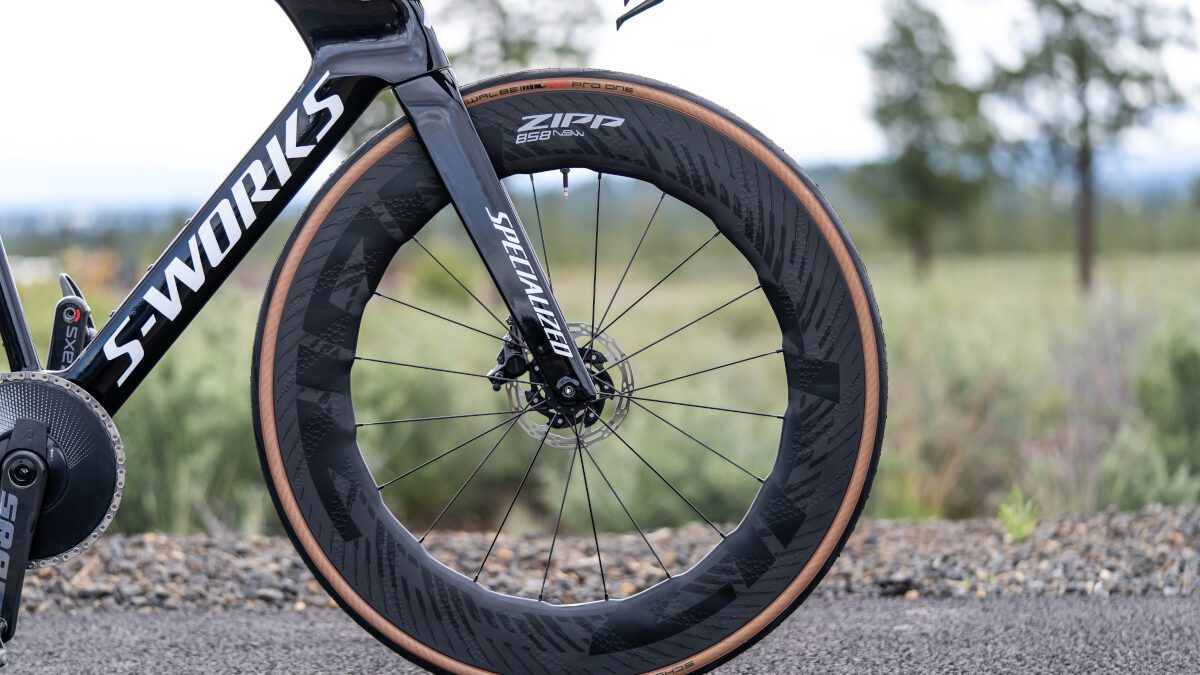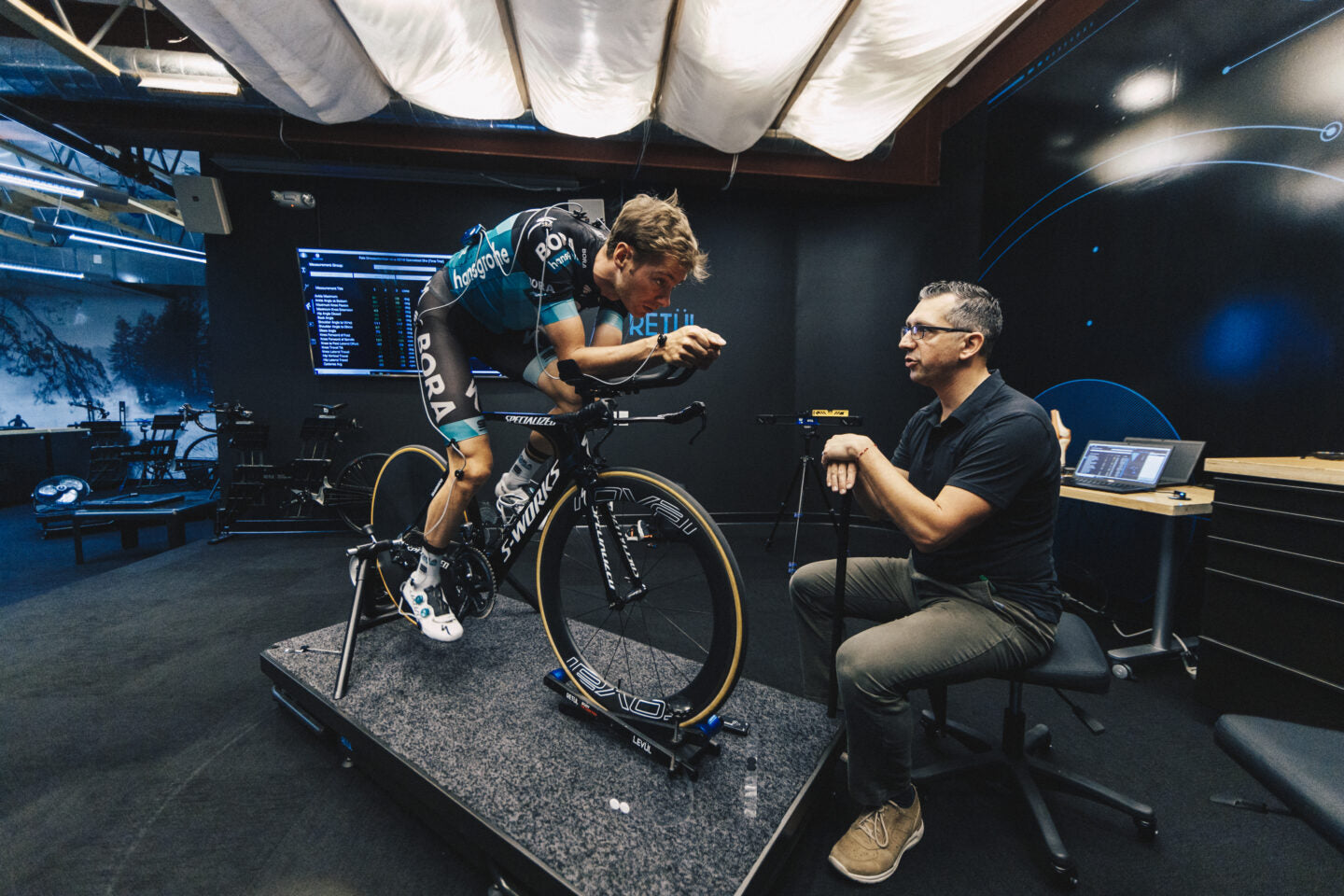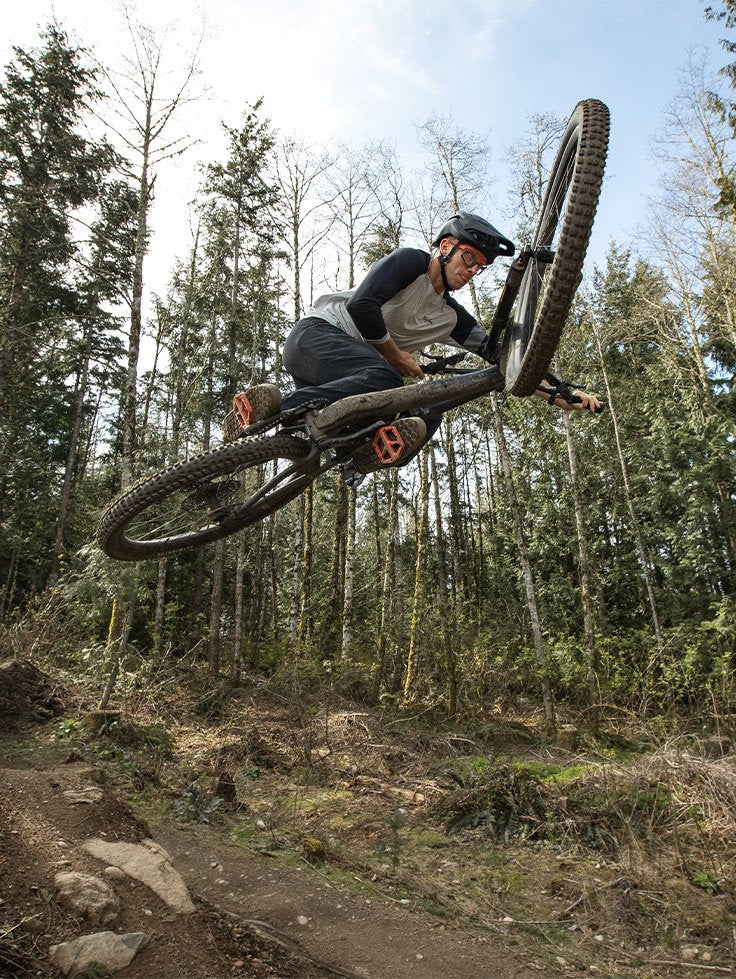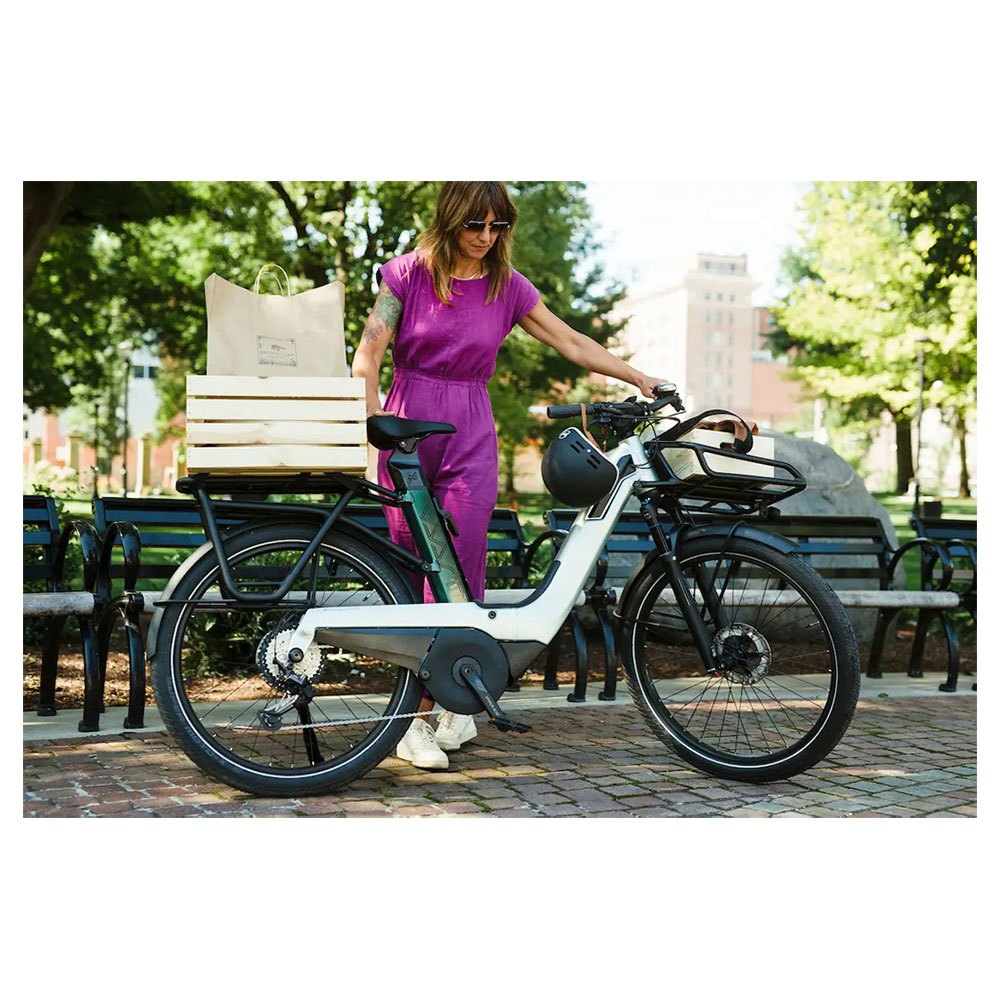Which Rim Size Should I Choose When Buying a Bicycle and How Is It Determined?
Choosing the right rim size when buying a bicycle greatly affects your riding comfort and performance. Here are the factors and information you need to consider when determining bicycle rim size:
1. What is the Rim Size?
Bicycle rim size refers to the diameter of the rim and is usually measured in inches. For example, commonly used wheel sizes vary from 26 inches, 27.5 inches (650B), 29 inches (29er). Rim size plays an important role in determining the overall size and intended use of the bike.
2. Selection According to Purpose of Use
When choosing a bicycle rim size, you must first determine your intended use:
-
Road Bicycles: 700C rims are generally preferred. This rim size provides speed and flat road performance on road bikes.
-
Mountain Bikes: Wheel sizes such as 26 inches, 27.5 inches (650B) and 29 inches are common in mountain bikes. You can also choose the rim size according to your mountain bike usage type (cross-country, enduro, etc.).
-
City Bikes: Bicycles used in urban transportation are generally equipped with 26 inch or 28 inch (700C) wheels. They provide comfortable driving and durability.
3. Suitability for Your Size and Driving Position
When choosing bicycle rim size, you should also take into account your body height and riding position. If you are long-legged or prefer a sportier riding position, larger rim sizes may suit you better. For those who are short or want a more comfortable riding position, smaller wheel sizes may be more suitable.
4. Performance and Ease of Use
Rim size also affects the bike's performance and ease of use. While large rims generally provide faster and more stable driving on straight roads, small rims are lighter and more maneuverable.
5. Tire Options and Spare Part Compatibility
When choosing the rim size, you should also consider the tire variety and spare part compatibility to be used. For some rim sizes, there may be more tire options or it may be easier to obtain spare parts.
6. Budget and Availability
Finally, you should also consider your budget when choosing rim size. Larger rim sizes can generally be higher priced, while smaller rim sizes can be more cost-effective.
Choosing the right rim size greatly affects the enjoyment and performance you get from your bike. It is important to consider these factors to determine the rim size that best suits your needs. If you need more information on bike selection or other topics, feel free to contact us!






Share:
Everything You Need to Know About the New Sram Red AXS Hammerhead
How to Choose a Bike Helmet?